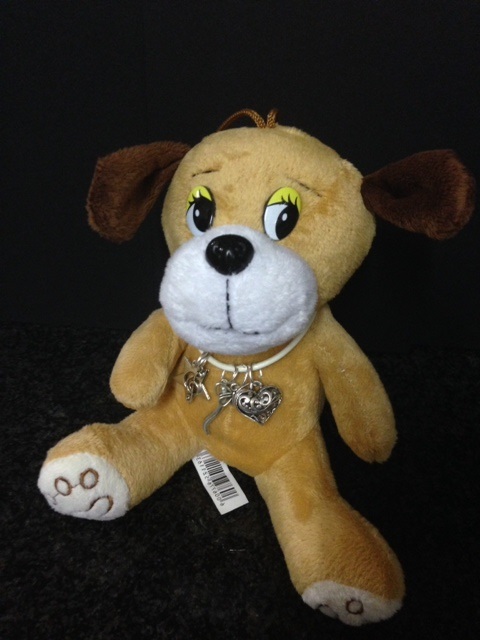Anxiety is the most common psychological problem among youth worldwide, with an average of 12% of school-aged children reportedly experiencing significant symptoms of anxiety. This is particularly significant in terms of children with visual impairments as they are reportedly more prone than their sighted peers for developing psychological difficulties, including anxiety.
"For this reason, it is important to equip these children with the necessary skills and strategies to deal with anxious feelings when they arise; and in this way prevent the onset of full-blown anxiety disorders," says Dr Lisa Visagie who recently obtained her doctorate in Psychology at Stellenbosch University. Her supervisors were Professors Helene Loxton and Leslie Swartz of SU's Department of Psychology. Visagie plans to do postdoctoral research at SU.
Visagie developed, implemented and evaluated a specifically tailored anxiety intervention programme for South African children with visual impairments.
Fifty-two children aged 9-13 years with varying degrees of visual impairment from two special schools in the Western Cape took part in the anxiety intervention programme which was tailored specifically to meet their needs. They were monitored over a course of ten months during which their anxiety symptoms were assessed at various intervals.
Visagie says each child received a soft-toy dog that represented her first guide dog* called PAM (Positive and Motivating) after which the intervention programme was also named. 
She mentions that the dog had a collar around its neck to which eight symbolic charms were attached throughout the programme to remind children of significant steps and skills which they were taught during the 10 sessions of the programme.
"Instead of employing workbook and written activities to teach children Cognitive behaviour therapy (CBT) skills, the programme made use of a tangible soft-toy "guide dog" which children could hold and feel. I chose to use the metaphor of a guide dog as it was felt that this would be a familiar symbol for children who have visual impairments."
"Children were taught practical skills to help them identify their feelings; to learn to relax; to identify unhelpful thoughts and replace them with more helpful thoughts; and how to face and overcome daily problems and challenges. This range of anxiety skills provided children with an emotional toolbox which they could use in their everyday lives."
Visagie says results suggested that the PAM programme holds promise for preventing the development of anxiety symptoms in children with visual impairments.
"No children who reported sub-clinical symptoms of anxiety before starting with the PAM programme had moved into the clinical range (children that can be diagnosed with anxiety disorder) after its completion. Thus, I believe that with the necessary organisational support and contextual sensitivity the PAM programme can realistically be used to increase resilience and foster awareness of anxiety as a significant mental health issue in children with visual impairments."
"Exciting is that the PAM programme could also be helpful for use with, for example, children who are illiterate, or those with learning disabilities as children are not required to read any material to benefit from the programme's content."
Visagie says her programme tries to improve on existing CBT interventions which have proven successful in treating childhood anxiety but unfortunately are not suitable for use with children who have visual impairments, as their content (i.e., cartoons, colouring-in pictures, workbook and visual-based activities) and mode of delivery is not very accessible to children with visual impairments.
"I hope that in the future the PAM programme can be expanded to reach and help more children who need it."
*Visagie says the PAM programme is dedicated to the real PAM, her first guide dog (7 Oct 2002 to 25 Feb 2015) which was the inspiration for the metaphor underlying the PAM programme. "PAM changed my life in so many positive ways and I hope that her legacy can be carried forth through the PAM programme and metaphor."
- Photo 1: Dr Lisa Visagie with her guide dog at the December graduation ceremony.
- Photo 2: The toy dog that was used during the intervention.
FOR MEDIA ENQUIRIES ONLY
Dr Lisa Visagie
Cell: 082 456 4622
E-mail: visagie.lisa@gmail.com

